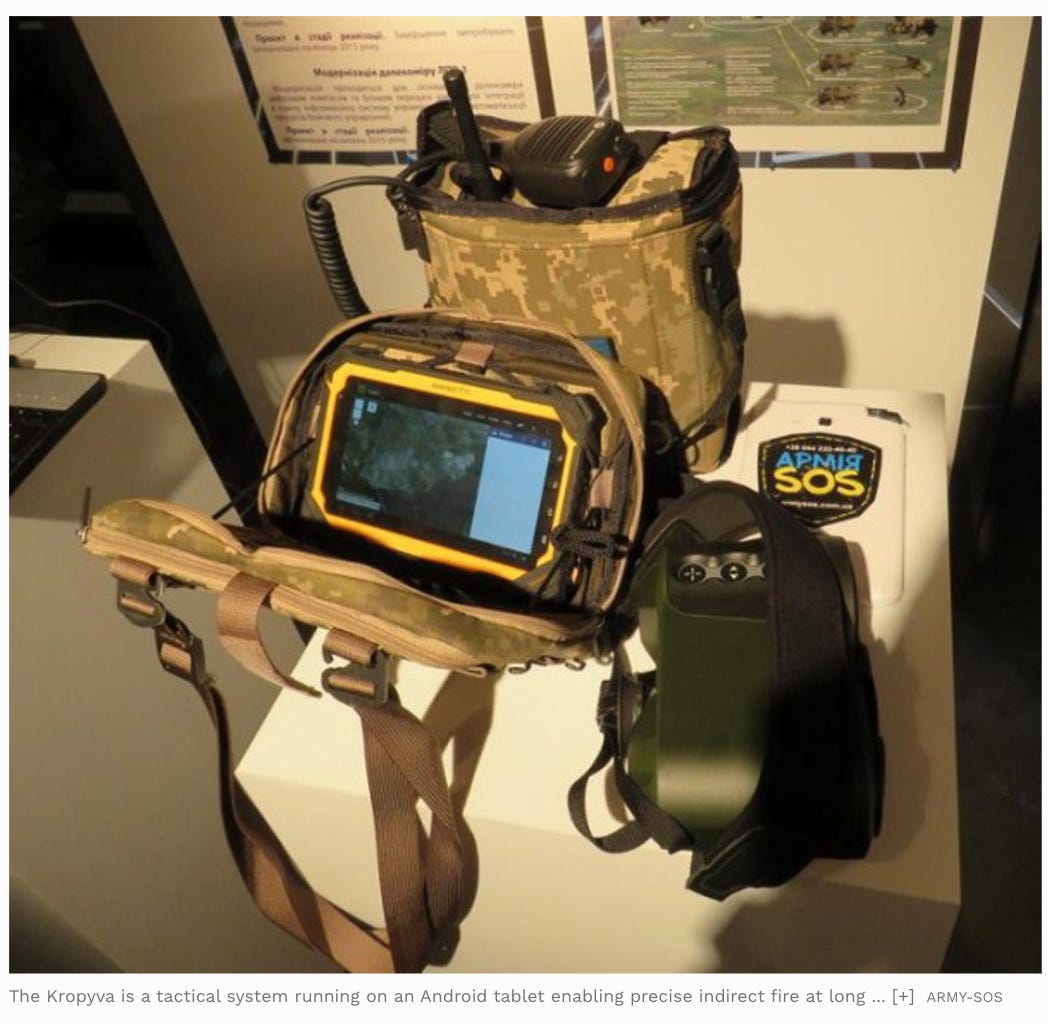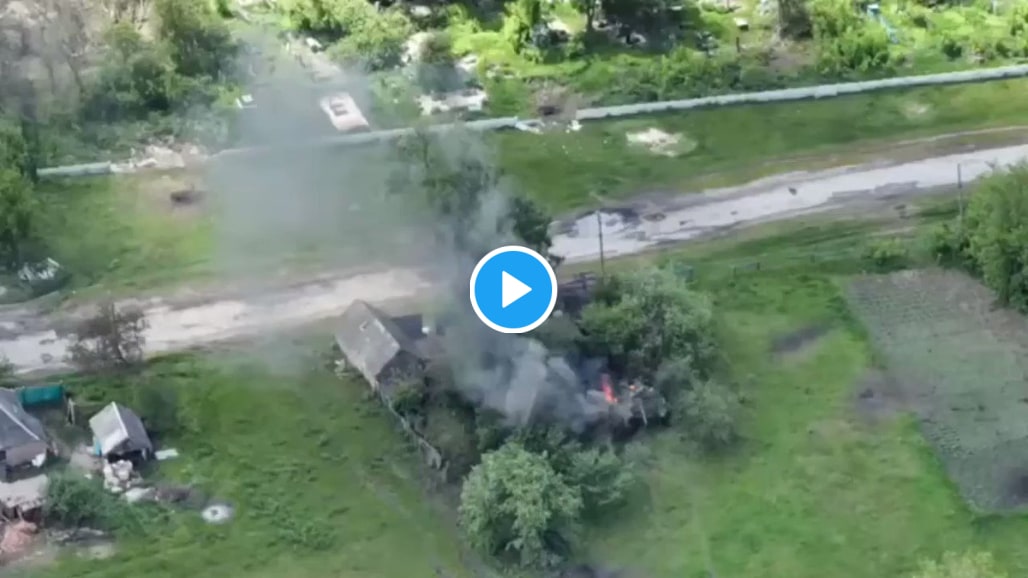Capabilities and shortcomings of Tanks.
Are Tanks Really a Game Changer in Ukraine? Ones and Tooze |
It, if I am honest, a topic I’ve been waiting to do a session about.
I’ve been preoccupied with tanks since I was a little kid. As a small child, perhaps 6 years old, I remember learning that my birthday, 5 July, was the anniversary of the battle of Kursk, the biggest tank battle in history, fought in July 1943. I was surprised to hear that the battle was not in France or North Africa, but in the Soviet Union and I set out to draw, on a giant folding stack of printer paper, the kind that used to be fed through dot matrix printers, every one of the German and Soviet tanks engaged.
For a fascinating cultural history of the tank as a modern leviathan, check out Patrick Wright’s remarkable book, Tank.
The tank was first deployed by the British army in 1916 on the Somme. The French were the first to truly mass produce a tank, in the form of the Renault FT. The Germans became famous for the Blitzkrieg of World War II. Between 1956 and 1973 the Israelis were the masters of the modern art of mechanized warfare. The American M1 Abrams is arguably the most sophisticated tank ever have been deployed in large numbers.
Like the car you might thus think that the story of the tank was a Western story - a military version of the Fordist story of modernization. And the current reporting of the war in Ukraine tends to reinforce that impression. German, British and American tanks are touted as weapons essential to Ukraine’s war effort, which otherwise tends to be depicted as relying on artillery, reinforced from the West, and plucky infantry, armed with anti-tank rockets, notably, of course, the Javelin.
Such a western-centric, Ford-inspired narrative of the tank inverts the historical record. Along with its rocket program and the Kalashnikov, arguably the main industrial legacy of the Soviet Union for modern history are its tanks - the various iterations of the T-series.
At a rough estimate, of the 73,000 tanks in the arsenals of the world’s armies today, at least 60 percent were either produced in factories of the former Soviet Union or can trace their design to Soviet models.
From the first decade of its existence, the Soviet Union embraced the tank as a key tool of modern warfare. By 1941 the Soviet tank fleet was far larger in numerical terms than that of any Western power. And it was not just a matter of numbers. The Soviet T-34 was the best-balanced design of any tank in the war. In the final stages of World War II, in the campaigns that hurled the Wehrmacht back to the borders of Germany, the Red Army conducted armored warfare on a scale that dwarfed anything seen in the West.
The threat of an armored Soviet assault is what kept NATO planners awake at night from the 1940s onwards. In the 1980s Western analysts anxiously debated the scale and significance of the “tank gap”.
The tank forces facing each other in the Cold War were a truly impressive array.
Even if we narrow the numbers down to those immediately available in Europe, according to the estimates by Chalmers and Unterseher, the total comes to 50,000 vehicles.
The war being fought in Ukraine is being fought between two inheritors of this Cold War armory.
When Barry Posen drew up a defense plan for the newly independent Ukraine in 1994 he assumed that a Russian attack would be met on the Ukrainian side by a tank fleet of 4000 vehicles. It would be a World War II-style encounter writ large, with tank forces maneuvering around each other, as Manstein and the Red Army had done over much the same terrain in 1943.
Over the following years neither Russia or Ukraine maintained their tank fleets at their early 1990s levels. But following a serious effort at modernization, as the war began in February 2022 Ukraine had a fleet of 900 more or less operational vehicles. That is at least three times more than the Bundeswehr at the time. The Russian assault forces is thought to have counted 2800 tanks, with 400 more in the hands of their proxies in the Donbas. Again, these numbers dwarf anything in the European arsenal.
The losses on both sides have been heavy. The Ukrainians are thought to have been losing tanks at rates as high as 100 per month. And though tank-on-tank fighting is not favored by Soviet doctrine, some at least of the anti-tank action has been done by Ukrainian tank forces, many of them firing anti-tank missiles.
But the most original development of the war, as far as the tank forces are concerned, is their deployment as long-range artillery. Rather than firing on flat trajectories for which their guns were designed, Ukrainian tankers are elevating their cannons and firing high-explosive rounds on high trajectories, that allow them to reach ranges of 10 km or more. This is enabled by the use of drone spotters and a technical gadget deployed on tablets, known as the Kropyva, that allows Ukrainian tank gunners both to rapidly calculate and adjust their gun aiming and to cooperate in fire teams.
Equipped with this technology one Ukrainian tank gunner has claimed to have knocked out a Russian T-64 with 20 rounds of high explosive shells, fired from the astonishing range of over 10 kilometers.

The details of this feat remain contentious. But there is no doubt about the novel uses to which the Ukrainians are putting their substantial tank fleet.

So far in the war in Ukraine the tank forces on both sides have essentially been fighting with similar vehicles. Indeed, the Ukrainians are deploying large numbers of captured Russian tanks. The Western tanks introduce superior new technology. Unlike the counter insurgency wars that they have been deployed into since the early 2000s, where their record is mixed, a fight with Russian T-series tanks is what the Leopards, Abrams and Challengers were designed for. In the two wars in Iraq their superiority was considerable.
But the question in Ukraine is how they will fit into an existing mode of war-fighting and how significant their contribution can be, when the numbers are so small. In the short-run the Ukrainians will be lucky to be able to deploy a force in brigade strength i.e. c. 100 tanks. Even if the total of tanks supplied to Ukraine by its Western friends were eventually to add up to 321 vehicles, that would amount to a single armored division. The crucial question is whether the Ukrainian planners can identify a front or sector where a force of that type can make a decisive difference. Otherwise, it is hard to avoid the impression that their impact will be more one on morale and politics than on the battlefield. Deployed in small packets, their effect can be no more than local.
***
Thank you for reading Chartbook Newsletter. I love sending out the newsletter for free to readers around the world. I’m glad you follow it. It is rewarding to write, but it takes a lot of work. What sustains the effort are voluntary subscriptions from paying supporters. If you are enjoying the newsletter and would like to join the group of supporters, click here:







